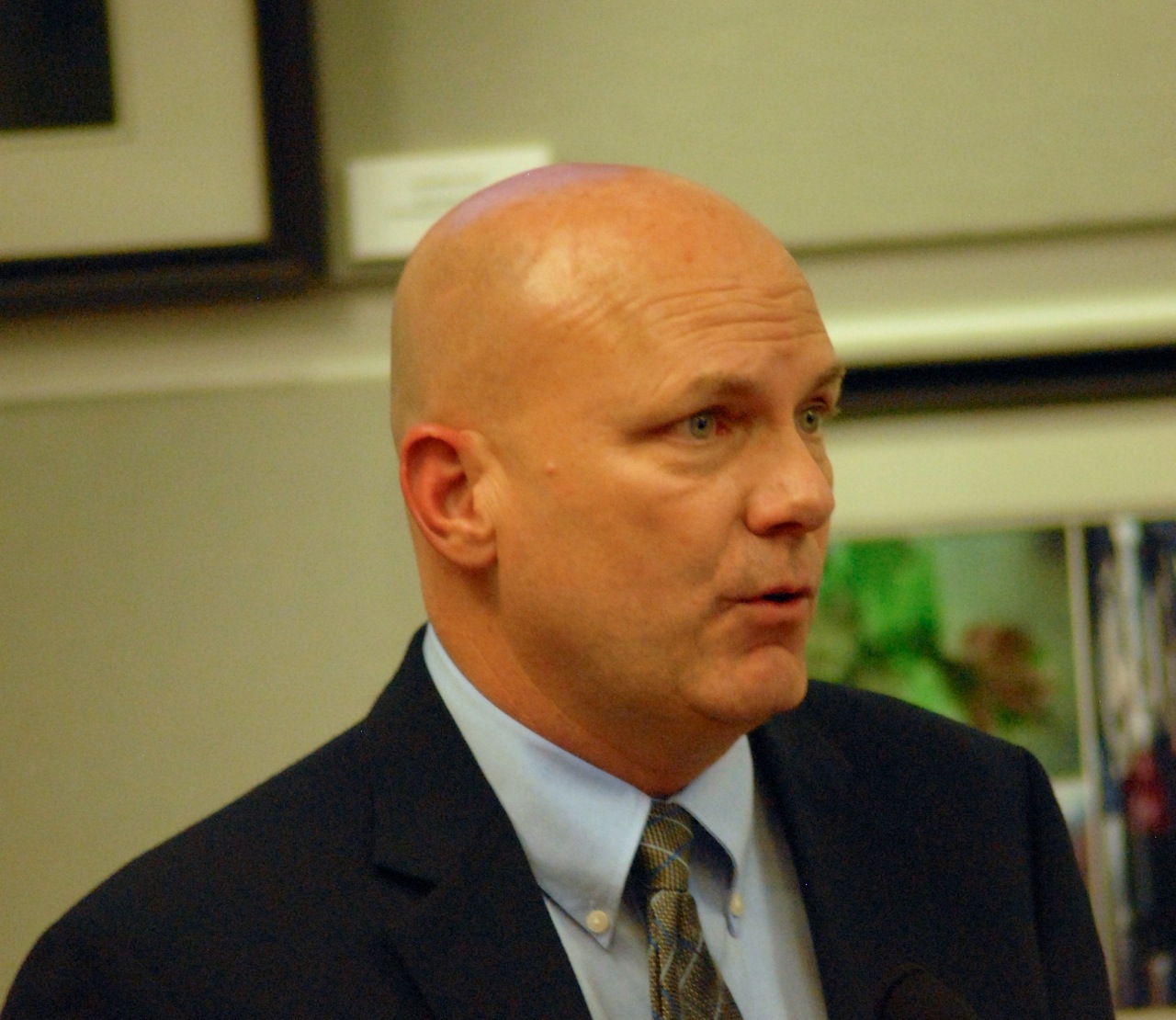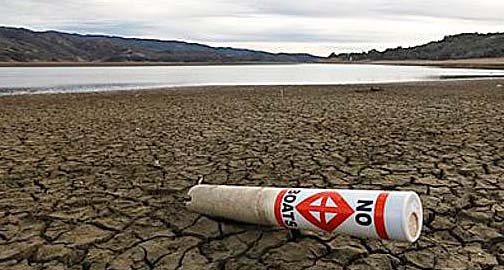We are being lied to!
Assembly Member Patterson Accuses NRDC and Governor’s Office of Bias
By Laurie Greene, Editor
“We are being lied to,” declared Jim Patterson, who represents the 23rd Assembly District in the California State Assembly since 2012, at his recent drought forum in Clovis.
“I have come to the conclusion there is a power structure led by the Natural Resources Defense Council (NRDC), the governor’s office and in the bureaucracies,” Patterson explained. “They are not telling us the truth. They do not abide by their own agreements, and they have a bias against the very water technology and the water systems that have made California a ‘Golden State’. They are biased against dams, reservoirs and conveyance, and every time I turn around, I find another example.”
“We need to have regulatory relief from the State of California in order to build Temperance Flat (a proposed dam project on the San Joaquin River) and its conveyance systems and to build the improvements at Shasta Dam and Reservoir and at Sites Reservoir,” said Patterson.
“And yet,” he continued, “I know for a fact that we are not going to get that regulatory relief. Nevertheless, the governor and this legislature have given that very same regulatory relief to the Kings’ Basketball Stadium in Sacramento (Golden 1 Center) and to two big NFL football stadiums in the state.”
To build water saving and conveyance systems, Patterson expects to face a gauntlet of litigation from the NRDC. “Though we have tried over and over again, unsuccessfully, to get the California Environmental Quality Act (CEQA) reformed,” he stated, “the Democrats will do it for basketball and football, but they won’t do it for water. That demonstrates to me they are absolutely disingenuous.”
“Secondly, we were promised money in this budget for the Central California InterConnect,” Patterson said. “Putting an interconnect between the federal Central Valley Project (CVP), best illustrated by the Kings River and San Joaquin River Watersheds in the Central Valley, and the state’s California State Water Project (SWP), exemplified by the San Luis Reservoir system, is critically important. We need to connect those projects so we have water conveyance alternatives to improve water reliability and to save us from the kinds of hard decisions that we’ve had to reach now—to starve a portion of the Valley. Because we can’t get water between the two systems, the situation is real and dire.”
“The governor promised those of us who negotiated the bond the budget would include appropriations for the InterConnect,” Patterson reported. There is no such thing. It doesn’t exist, and it didn’t show up in this budget. The governor didn’t come through on his promises.”
“I have tried repeatedly to talk with the water bureaucracies—appointees of the governor—and ask how I could help them understand the importance of giving us back the water,” Patterson commented. “For example, the water behind Shasta Dam right now has been paid for and banked by our farmers. I’ve asked repeatedly, ‘Why can’t we get the InterConnect funded? You promised us that you would do that.’ I’ve asked, ‘What is it going to take for you to understand the importance of storage in the San Joaquin River Watershed?’ It’s like talking to a wall; I get no answer.”
“So, I have had to come to the conclusion that we’re being misled, and it’s on purpose,” he said. “I just don’t believe this governor anymore. That’s a sad conclusion to have to come to, but I think we are seeing a ‘behind-the-scenes hand of power’ called the NRDC, that runs the governor’s office and the state legislature.
When asked what concerned citizens can do, Patterson answered, “Today we heard a lot of passion. I think we need to turn that passion into significant efforts, politically and organizationally. We have to make a real nuisance of ourselves to the governor and to the legislature until they pay attention to us. I have learned in public life, as mayor and now in the legislature, that those people who stand up and are persistent and persuasive get heard. We have got to continue to step up in ever-increasing numbers and be heard.”
 “We also have win some elections,” he emphasized. “We are under a one party-dictatorial rule right now. And I would be saying this even if Republicans were the party in rule. Our founders believed there should be separated powers in government and people in office from all walks of life. These kinds of checks and balances get us to good policy for most people, most of the time.”
“We also have win some elections,” he emphasized. “We are under a one party-dictatorial rule right now. And I would be saying this even if Republicans were the party in rule. Our founders believed there should be separated powers in government and people in office from all walks of life. These kinds of checks and balances get us to good policy for most people, most of the time.”
“You can’t do that in a dictatorship,” Patterson explained, “and that’s really what we have—one party that has all the levels of power and is using them all against us in Central California. And we’re seeing the result of it.”
Patterson tells other members of the legislature on the committees he serves, “You are literally putting a bait fish that striped bass are eating, ahead of the lives and the wellbeing of people and their property, and you’re blaming us for it. The reality is you’re making a drought that is bad into a drought that is a nightmare.”
“If this were to be compared, for example, to a forest fire,” Patterson conjectured, “and the firefighters were told by the governor, ‘Stop trying to save lives and stop trying to save property; go make sure you save that tree over there because there’s a spotted owl in it,’ people would very quickly tell the governor where to go and what to do.”















